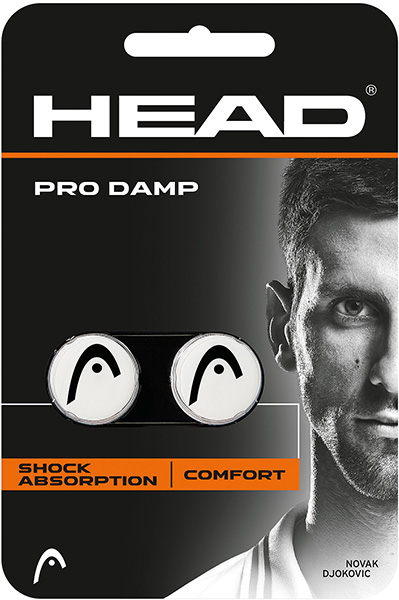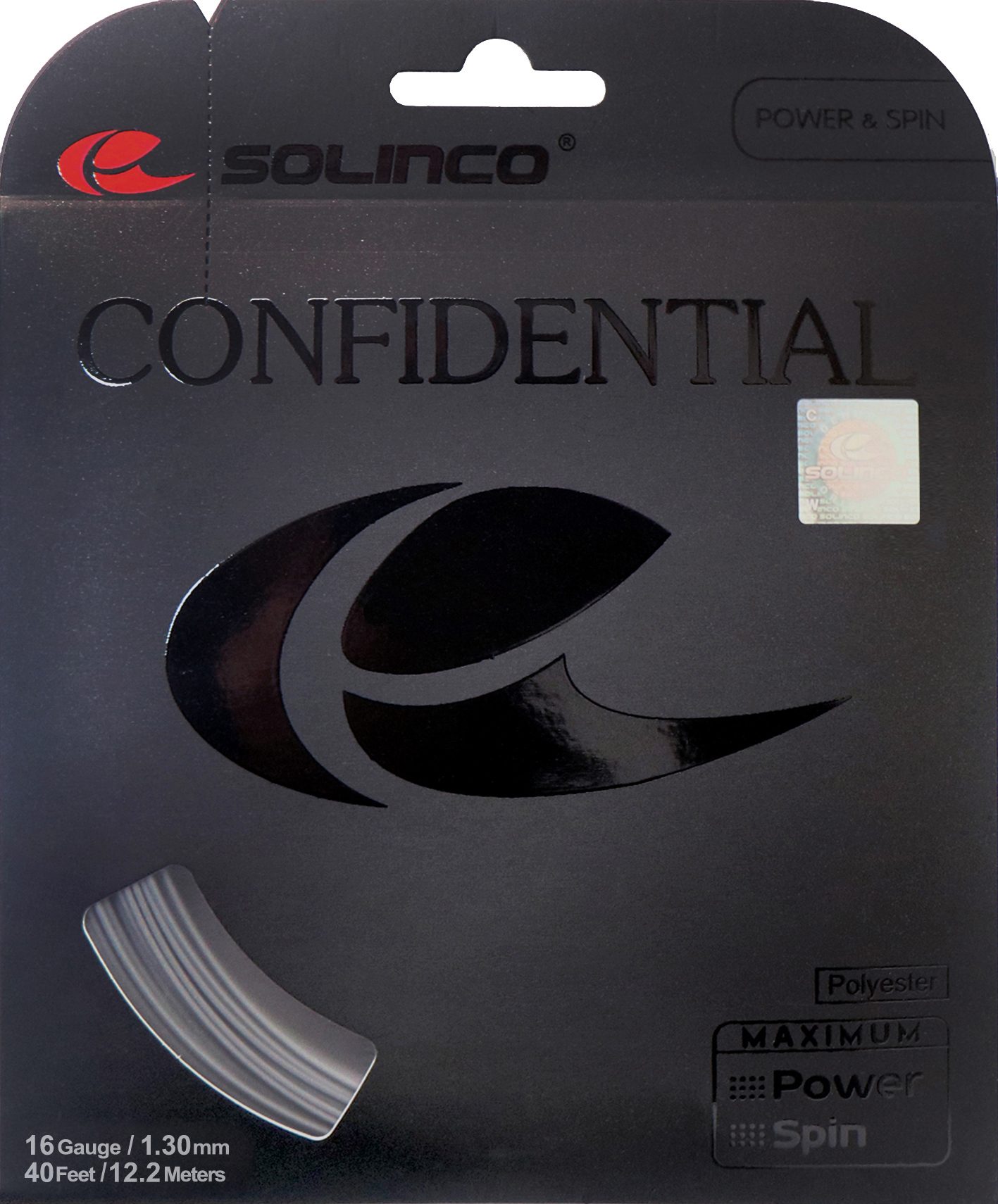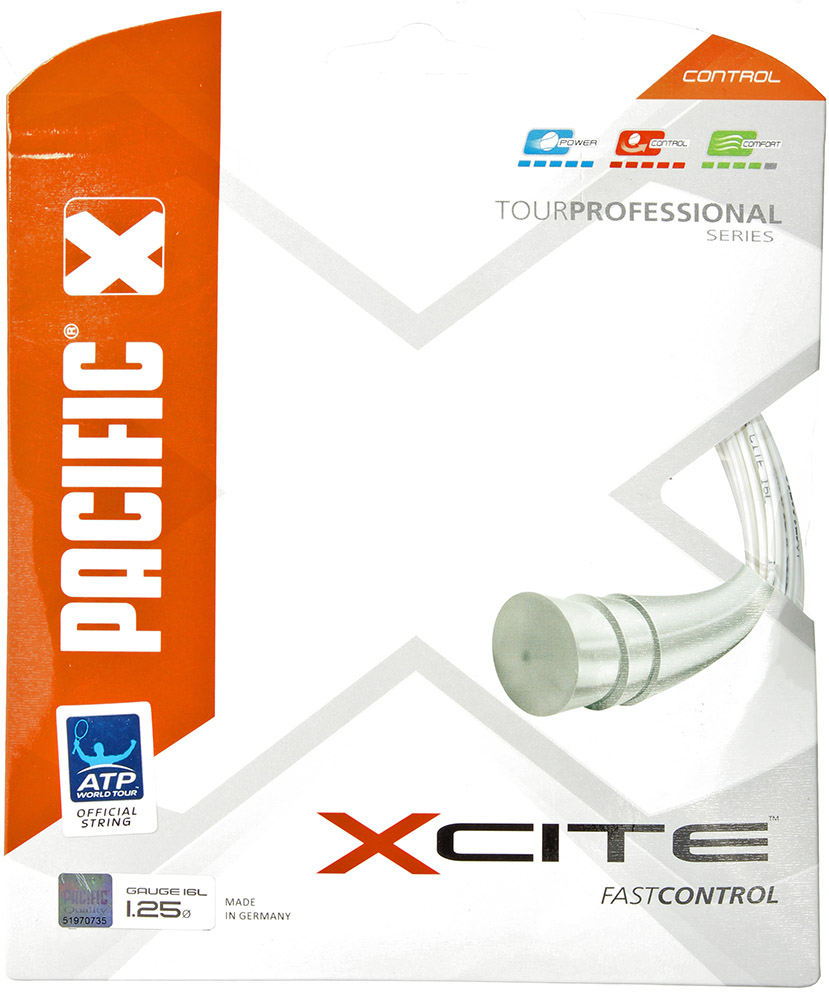

15,40 €
Save 14%
15,40 €
Informacje o produkcie
Outstanding Tennis String - Pacific X Cite (12,2 m)
Introducing the Pacific X Cite (12,2 m), a top-tier tennis string tailored to infuse a dynamic performance in each stroke. Its superb precision and control make it undeniably the perfect choice for seasoned and passionate tennis players striving to take their game to the next level. Crafted with the finest copolyester material and engineered with an advanced monofilament structure, it promises the durability to withstand and ace at any high-impact play.
Supreme Quality and Performance
This premium tennis string takes feature of the PolyCite blended polyester fibers, intricately woven into a single filament for maximum control and dynamics. Its unique multi-dimensional molecular structure results in a significant 25% increase in energy transfer to the ball, allowing for power-packed hits each time. From excellent control, dynamic responsiveness to enhanced longevity, Pacific X Cite is the ultimate force behind a player’s assured triumph.
Innovative Design for Spectacular Feel and Spin
Notably, the Pacific X Cite offers an unparalleled touch and feel of the ball, alongside the provision to instill spin whenever required. The smooth profile of the string adds a layer of sophistication in the overall design, amplifying the charm on the court. In attractive white, this string guarantees a match-winning confidence that is as visible as it comes.

| Article number: | ST15026.1 |
|---|---|
| Material: | co-polyester |
| Properties: | control dynamic strength |
| String length (m): | 12,2 |
| String profile: | soft |
| Structure: | monofilament |
Outstanding Tennis String - Pacific X Cite (12,2 m)
Introducing the Pacific X Cite (12,2 m), a top-tier tennis string tailored to infuse a dynamic performance in each stroke. Its superb precision and control make it undeniably the perfect choice for seasoned and passionate tennis players striving to take their game to the next level. Crafted with the finest copolyester material and engineered with an advanced monofilament structure, it promises the durability to withstand and ace at any high-impact play.
Supreme Quality and Performance
This premium tennis string takes feature of the PolyCite blended polyester fibers, intricately woven into a single filament for maximum control and dynamics. Its unique multi-dimensional molecular structure results in a significant 25% increase in energy transfer to the ball, allowing for power-packed hits each time. From excellent control, dynamic responsiveness to enhanced longevity, Pacific X Cite is the ultimate force behind a player’s assured triumph.
Innovative Design for Spectacular Feel and Spin
Notably, the Pacific X Cite offers an unparalleled touch and feel of the ball, alongside the provision to instill spin whenever required. The smooth profile of the string adds a layer of sophistication in the overall design, amplifying the charm on the court. In attractive white, this string guarantees a match-winning confidence that is as visible as it comes.

| Article number: | ST15026.1 |
|---|---|
| Material: | co-polyester |
| Properties: | control dynamic strength |
| String length (m): | 12,2 |
| String profile: | soft |
| Structure: | monofilament |
Each offer available in the Tennis Zone is an original product, coming directly from manufacturers or trusted distributors.
Subscribe to newsletter
Save a 5%
Sign up for the free newsletter and do not miss any promotions and news, as well as individual offers from our store.

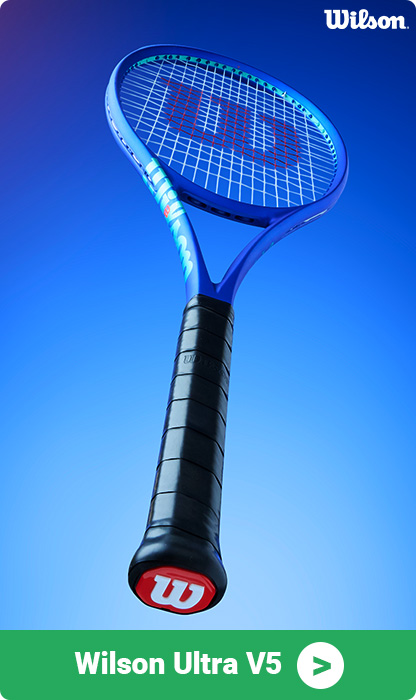

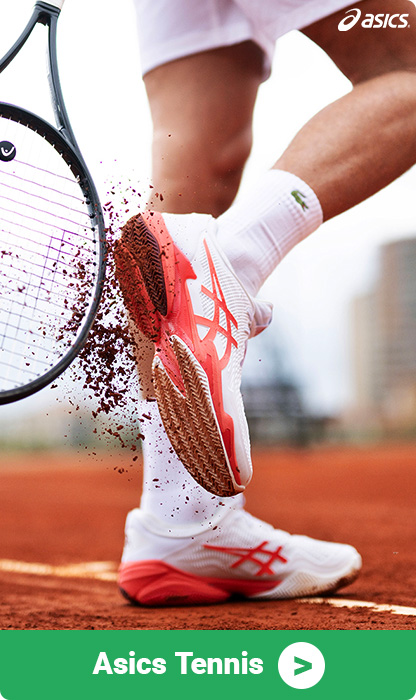

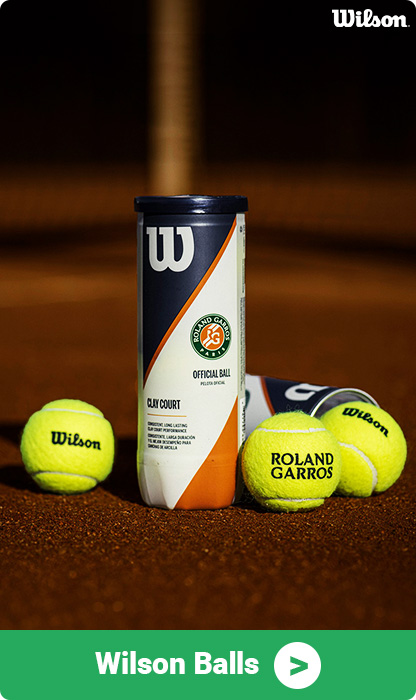
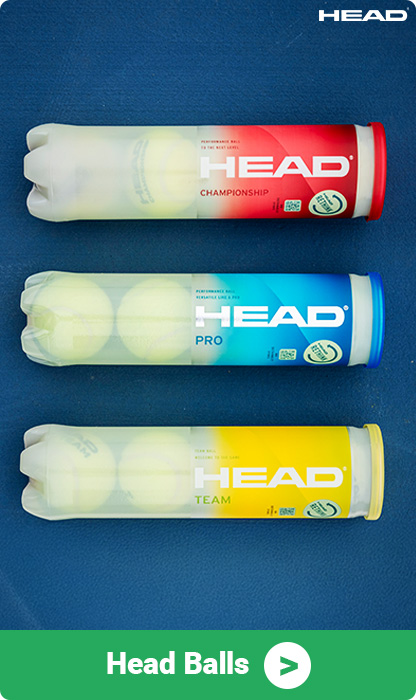
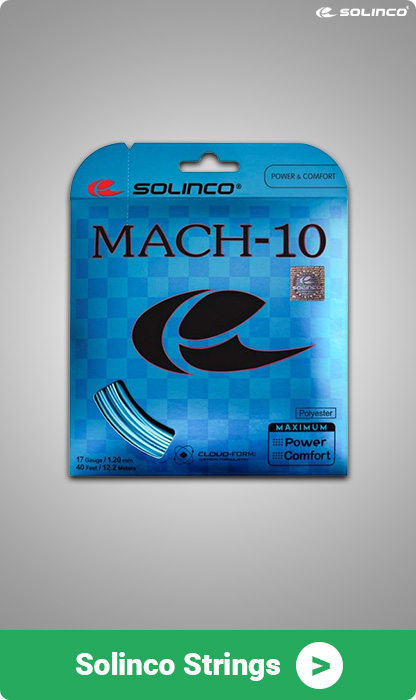
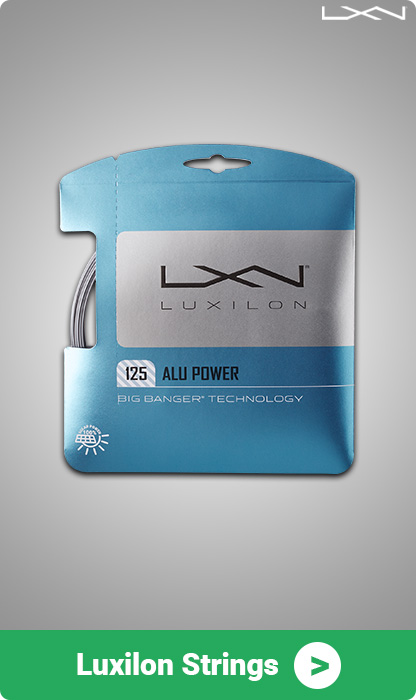
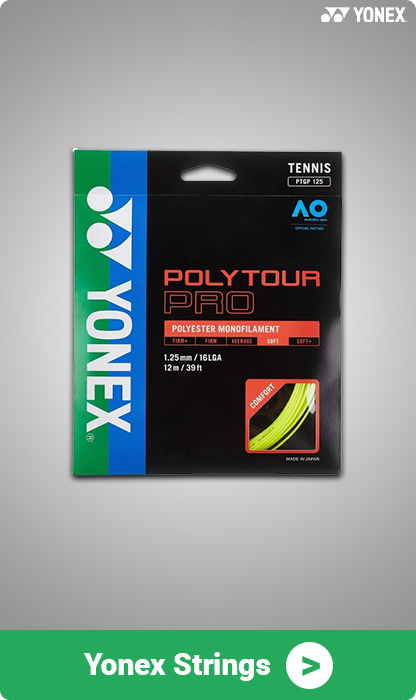















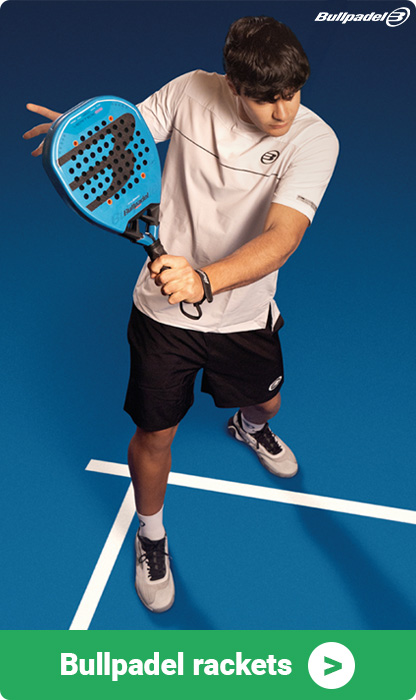
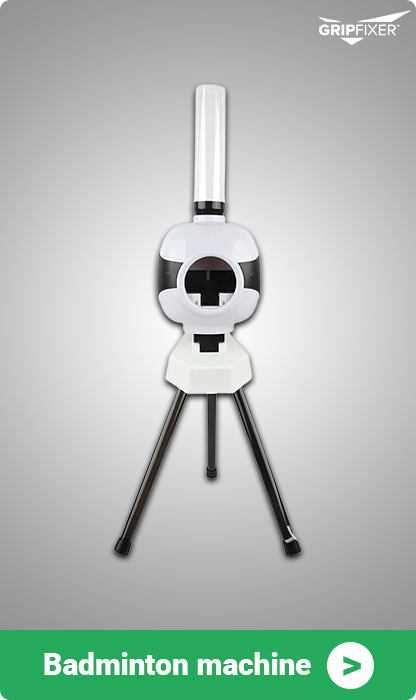
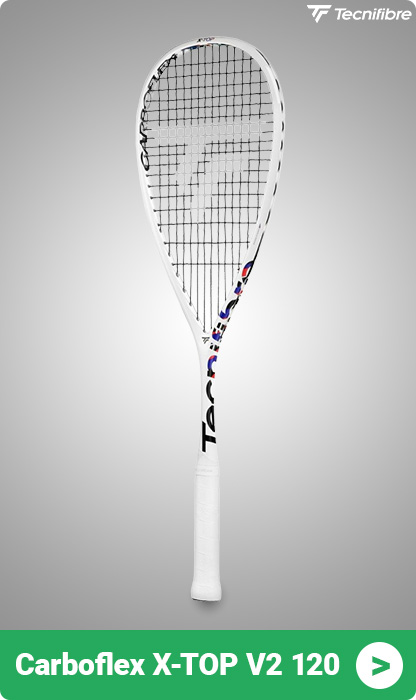
 tennis-zone.eu
tennis-zone.eu 
